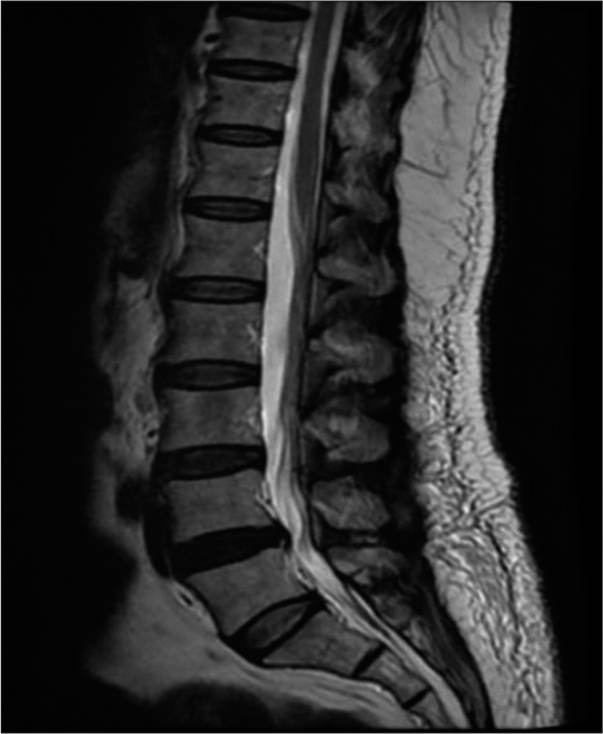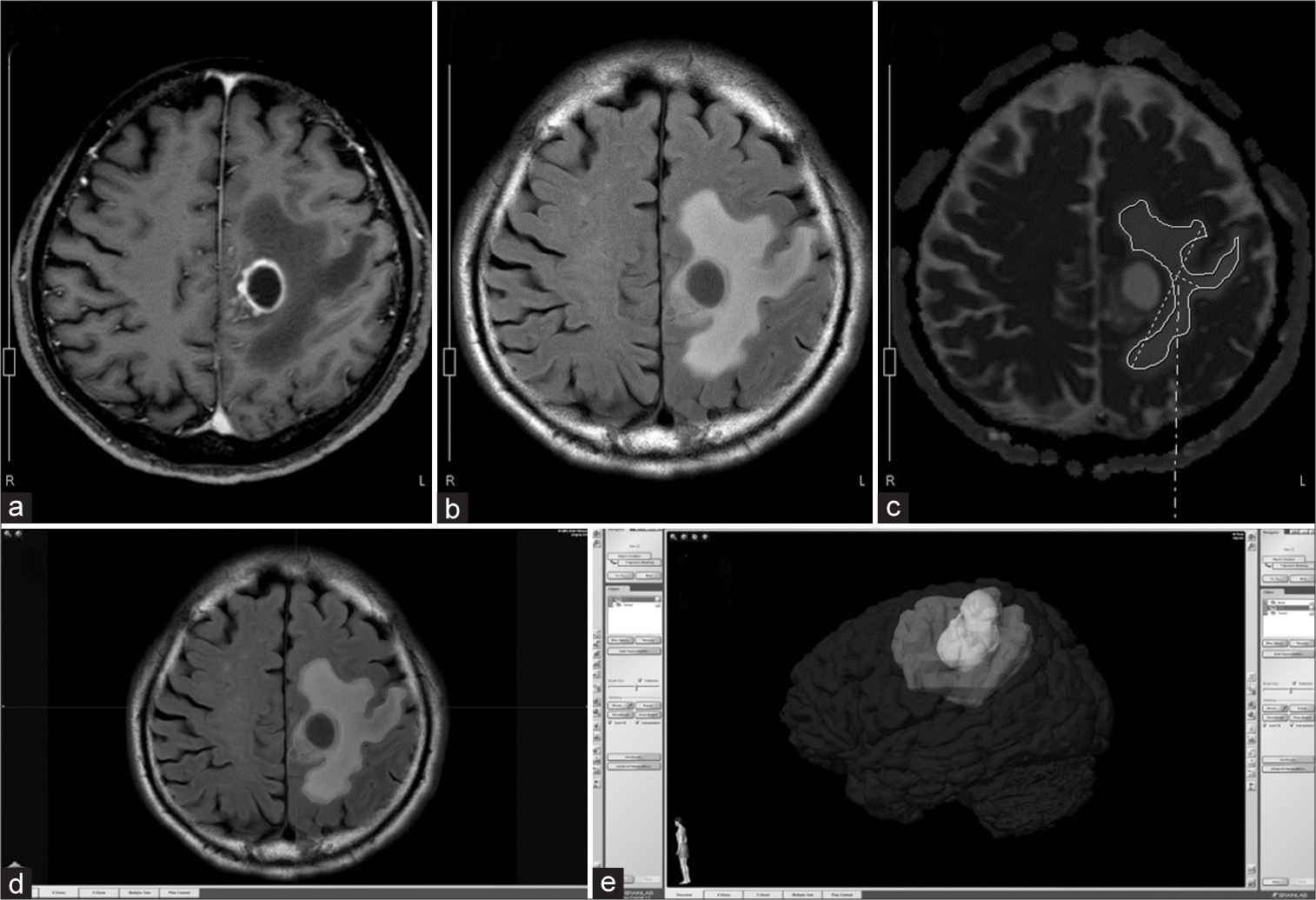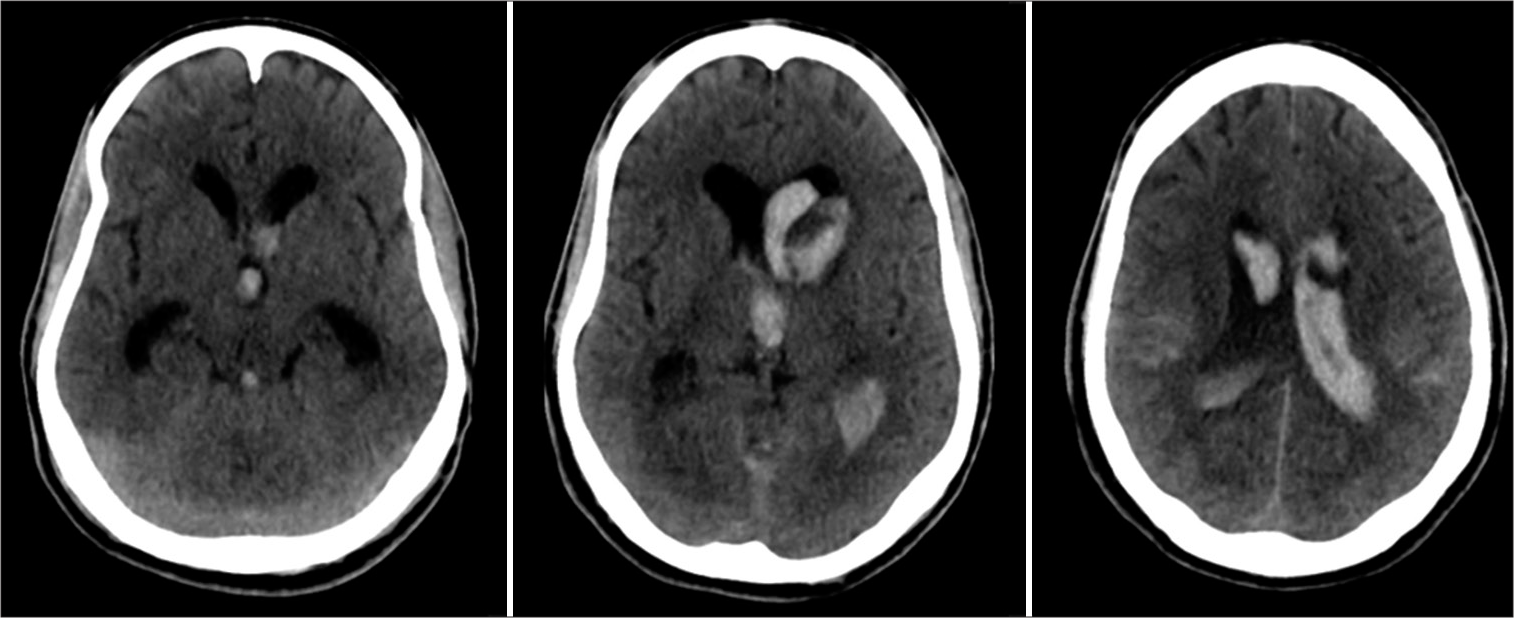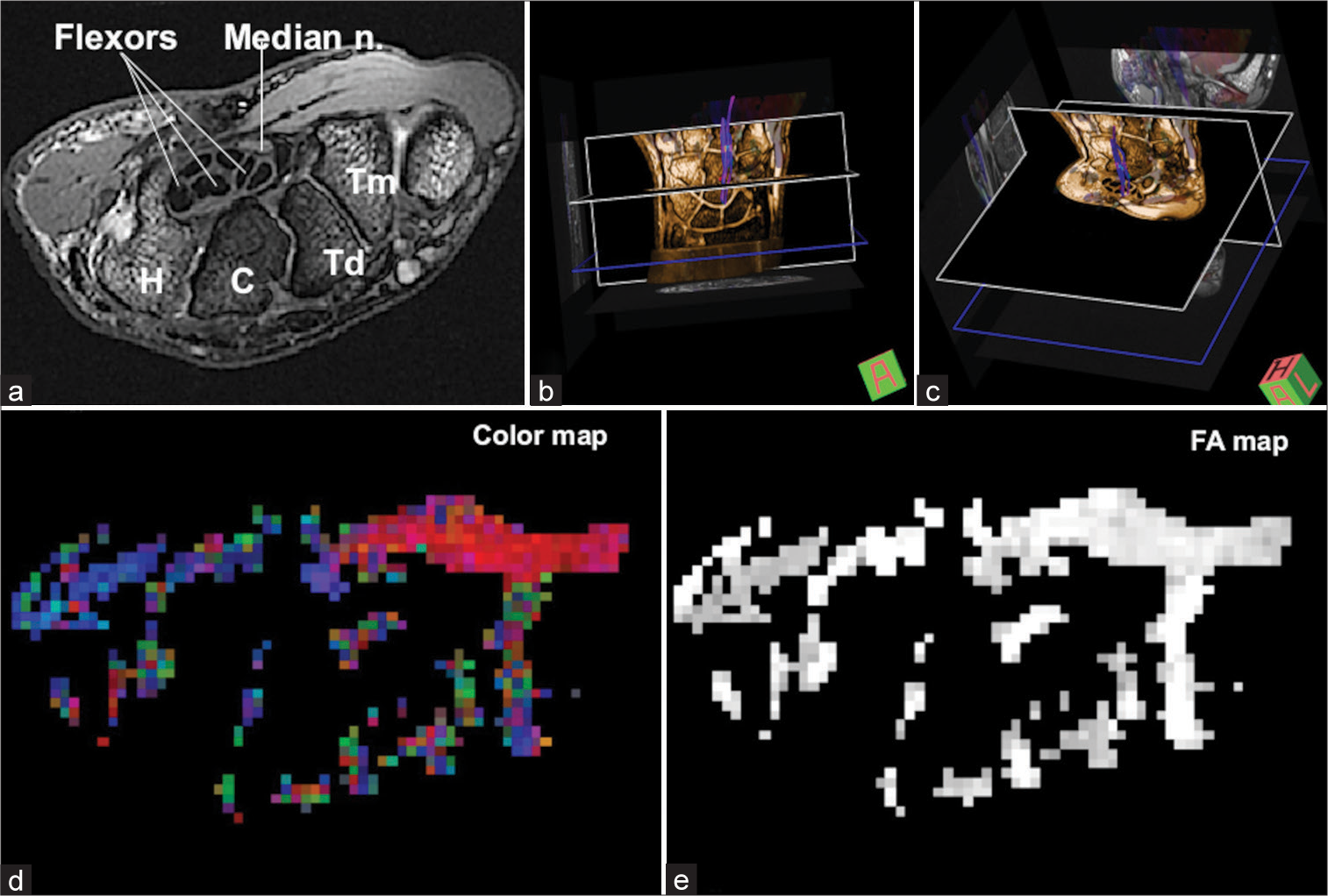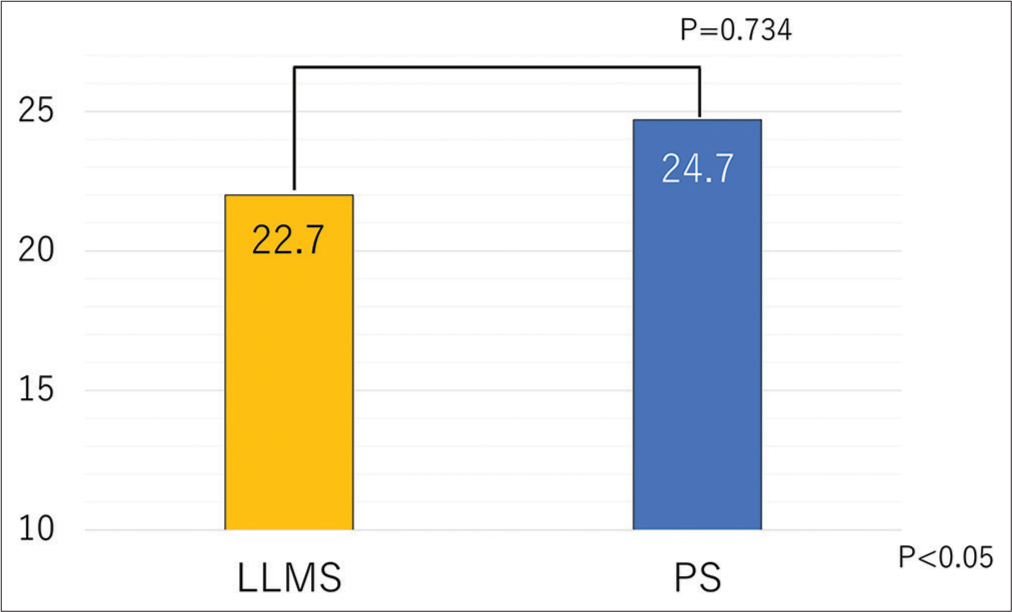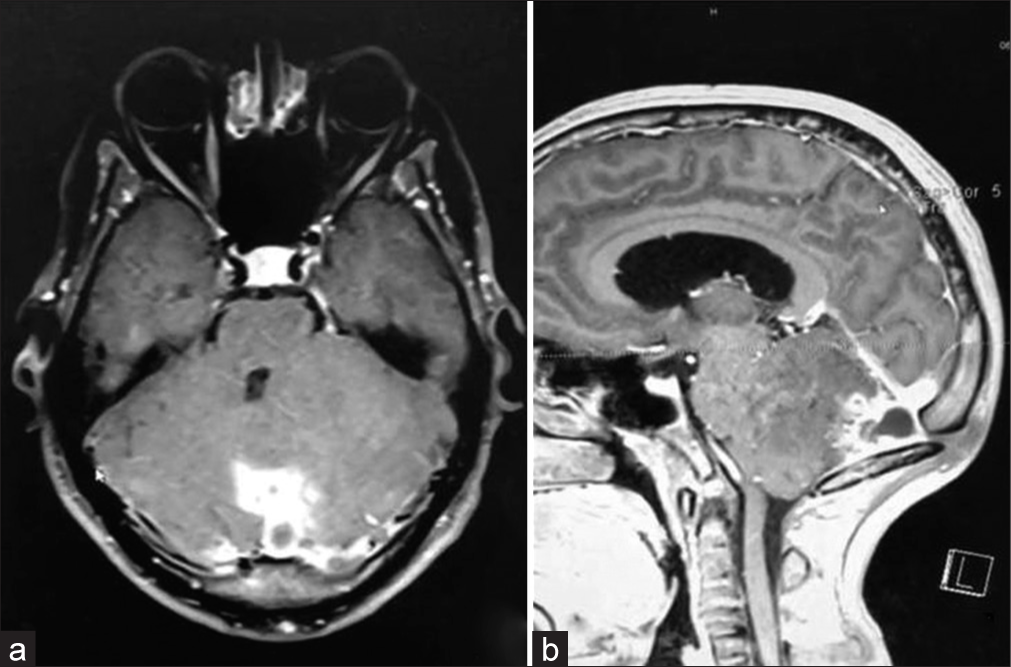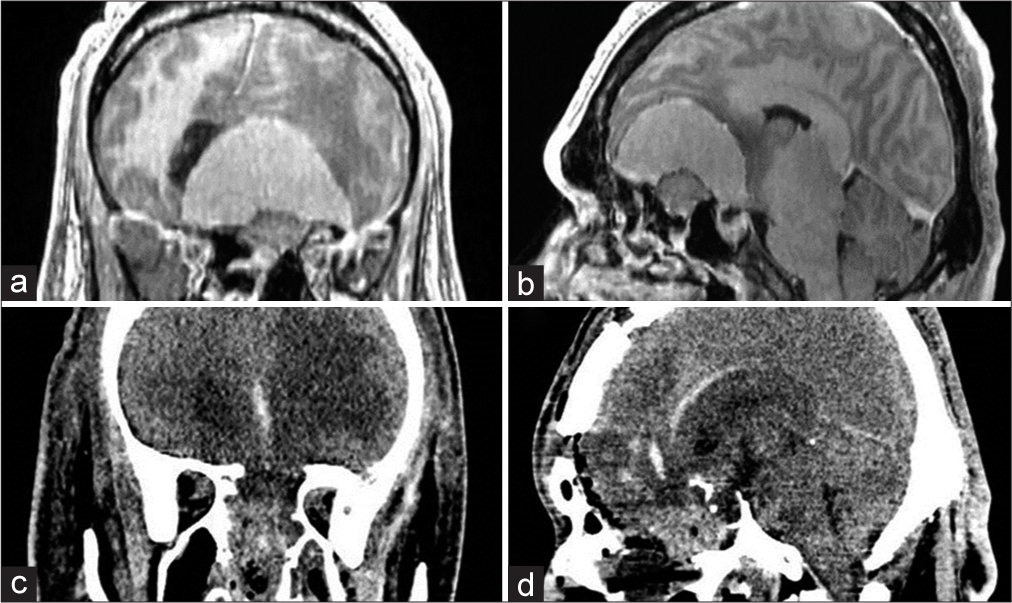Enhancing neuro-ophthalmic surgical education: The role of neuroanatomy and 3D digital technologies – An overview
Date of publication: 29-Mar-2024
Background: Neuro-ophthalmology, bridging neurology and ophthalmology, highlights the nervous system’s crucial role in vision, encompassing afferent and efferent pathways. The evolution of this field has emphasized the importance of neuroanatomy for precise surgical interventions, presenting educational challenges in blending complex anatomical knowledge with surgical skills. This review examines the interplay between neuroanatomy and surgical practices in neuro-ophthalmology, aiming to identify educational gaps and suggest improvements.
Aortoiliac occlusion mimicking cauda equina syndrome, a diagnostic dilemma: A case report and review of the literature
Date of publication: 29-Mar-2024
Background: Cauda equina syndrome (CES) is a consequence of a variety of etiologies. CES is most commonly due to compression of the thecal sac and nerve roots by a massive disc herniation. However, it rarely presents secondary to aortic occlusion. Aortoiliac occlusive disorder is usually associated with chronic claudication, erectile dysfunction, and diminished lower limb pulses. Acute aortic occlusion, however, is associated with serious complications such as spinal cord infarction and ischemia. It is also associated with a high risk of morbidity and mortality. Moreover, it poses a diagnostic challenge and may be overlooked. This report emphasizes the importance of considering vascular etiology as a differential diagnosis for CES.
Association of ADC of hyperintense lesions on FLAIR images with TERT promoter mutation status in glioblastoma IDH wild type
Date of publication: 29-Mar-2024
Background: Although mutations in telomerase reverse transcriptase (TERT) promoter (TERTp) are the most common alterations in glioblastoma (GBM), predicting TERTp mutation status by preoperative imaging is difficult. We determined whether tumour-surrounding hyperintense lesions on fluid-attenuated inversion recovery (FLAIR) were superior to those of contrast-enhanced lesions (CELs) in assessing TERTp mutation status using magnetic resonance imaging (MRI).
The long-term effect on functional outcome of endoscopic brainwashing for intraventricular hemorrhage compared to external ventricular drainage alone: A retrospective single-center cohort study
Date of publication: 29-Mar-2024
Background: Intraventricular hemorrhage (IVH) is a complex condition with both mechanical and chemical effects, resulting in mortality rates of 50–80%. Recent reports advocate for neuroendoscopic treatment, particularly endoscopic brainwashing (EBW), but long-term functional outcomes remain insufficiently explored. This study aims to outline the step-by-step procedure of EBW as applied in our institution, providing results and comparing them with those of external ventricular drainage (EVD) alone.
Diffusion tensor imaging combined with the dual-echo steady-state (DESS) protocol for the evaluation of the median nerve in the carpal tunnel: A preliminary study
Date of publication: 29-Mar-2024
Background: Carpal tunnel syndrome (CTS) is diagnosed based on neurological, electrophysiology, and radiological findings. Due to the technical development of magnetic resonance imaging (MRI), the median nerve is evaluated with several MRI protocols. However, diffusion tensor imaging (DTI) combined with a dual-echo steady-state (DESS) protocol is not frequently used to evaluate the median nerve of CTS. This study aimed to evaluate the median nerve in the carpal tunnel using DTI combined with a DESS protocol.
Investigation of long lateral mass screw insertion torque
Date of publication: 29-Mar-2024
Background: Here, we assessed a new trajectory and insertion torque for the placement of a long lateral mass screw (LLMS) that offers stronger posterior fixation versus a shorter lateral mass screw (LMS) in the posterior cervical spine. We report a short technical note of the insertion torque of LLMS.
Occipital dermal sinus associated with infectious teratoma in an adult patient affected by Klippel–Feil syndrome: Rare case report and literature review
Date of publication: 22-Mar-2024
Background: The Klippel–Feil syndrome (KFS) is a rare congenital anomaly characterized by the fusion of cervical vertebrae, which may be associated with other malformations, such as dermoid tumors and teratoma. Some theories explain the embryology of these associations. Another condition that may be present is the dermal sinus (DS), communication between intracranial tumors and the subcutaneous tissue, and predisposing infections. This case report aims to describe an association between these three pathologies as well as correlate them from the literature. This report was based on medical records retrospectively reviewed associated with the systematic bibliographical consultation using indexed databases based on inclusion and exclusion methods.
Correlation of cerebral microvascular circulation with vital signs in cerebral compression and the validity of three concepts: vasodilation, autoregulation, and terminal rise in arterial pressure
Date of publication: 22-Mar-2024
Background: Vasodilation, autoregulation, and rising arterial pressure are three common concepts in cerebral compression, believed to improve cerebral blood flow to maintain the brain’s nutrition. However, these concepts are unclear, unproven, and based on assumptions. This study aimed to correlate cerebral circulation with alterations of vital signs and to evaluate the above concepts based on physics and hemodynamics.
Surgical treatment of pituitary neuroendocrine tumors with coexisting intracranial lesions: A case series and review of the literature
Date of publication: 22-Mar-2024
Background: Pituitary neuroendocrine tumors (PitNETs) are a diverse group of benign neoplasms that account for a significant proportion of intracranial tumors (13%). The coexistence of PitNET with other intracranial lesions, such as meningiomas and intracranial aneurysms, has been constantly reported in the literature; yet, the pathophysiological mechanisms remain unknown, and the appropriate management is controversial. This study aims to describe the clinical characteristics, surgical treatment, and outcomes of patients with PitNET with coexisting intracranial lesions in a single healthcare center.



